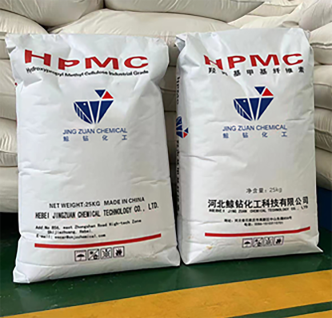
Aug . 20, 2024 21:48 Back to list
Understanding HPMC Its Uses and Importance in Various Industries
HPMC, or Hydroxypropyl Methylcellulose, is a cellulose derivative that is widely used in various industries, including pharmaceuticals, food, construction, and cosmetics. This versatile polymer is synthesized from natural cellulose, which is derived from plant fibers, making it an essential ingredient in many applications due to its excellent emulsifying, thickening, and stabilizing properties.
One of the key characteristics of HPMC is its ability to form gels and thick solutions in water. This property is particularly valuable in the pharmaceutical industry, where HPMC is used as a binder and controlled-release agent in tablet formulations. By modifying the molecular weight and substitution degree of HPMC, manufacturers can tailor the release profile of active ingredients, allowing for sustained or delayed release, which enhances therapeutic efficacy and patient compliance.
.
In the construction industry, HPMC is increasingly recognized as a crucial additive in cement-based materials. It enhances the workability of mortars and plasters, allowing for easier application and better adhesion to surfaces. Additionally, HPMC improves water retention in these mixtures, which is essential for achieving the desired curing and strength development of the final product.
what is hpmc

Moreover, HPMC is commonly used in cosmetics and personal care products. Its thixotropic nature allows it to stabilize emulsions, preventing separation and ensuring a consistent product texture. In creams and lotions, HPMC not only acts as a thickening agent but also contributes to a pleasant and smooth application, enhancing the overall user experience. Its non-toxic and biodegradable properties further make it an attractive choice for formulations targeting environmentally conscious consumers.
HPMC is porpular in many industrial formulations as it can also be used as a film-forming agent. This characteristic is advantageous in various applications, such as coatings for tablets in the pharmaceutical sector, where it can provide a protective layer that controls the release of the active ingredients. In the realm of coatings for surfaces and packaging, HPMC aids in providing a barrier against moisture and oxygen, thereby extending the shelf life of products.
On an environmental note, HPMC stands out as a sustainable choice, given its derivation from natural cellulose. With growing concerns over synthetic additives and their impact on health and the environment, the demand for natural and biodegradable alternatives is on the rise. HPMC fits the bill, offering a biodegradable solution without sacrificing performance.
In conclusion, Hydroxypropyl Methylcellulose (HPMC) is a multifaceted polymer that has found applications across various industries due to its unique properties. Its role as a binder, thickener, stabilizer, and emulsifier highlights its importance in pharmaceuticals, food, construction, and cosmetics. The increasing demand for sustainable and natural products further emphasizes HPMC's relevance in modern formulations. As we continue to seek innovative solutions in these fields, HPMC will undoubtedly remain a key ingredient in enhancing product performance and consumer satisfaction.
-
Versatile Hpmc Uses in Different Industries
NewsJun.19,2025
-
Redispersible Powder's Role in Enhancing Durability of Construction Products
NewsJun.19,2025
-
Hydroxyethyl Cellulose Applications Driving Green Industrial Processes
NewsJun.19,2025
-
Exploring Different Redispersible Polymer Powder
NewsJun.19,2025
-
Choosing the Right Mortar Bonding Agent
NewsJun.19,2025
-
Applications and Significance of China Hpmc in Modern Industries
NewsJun.19,2025







